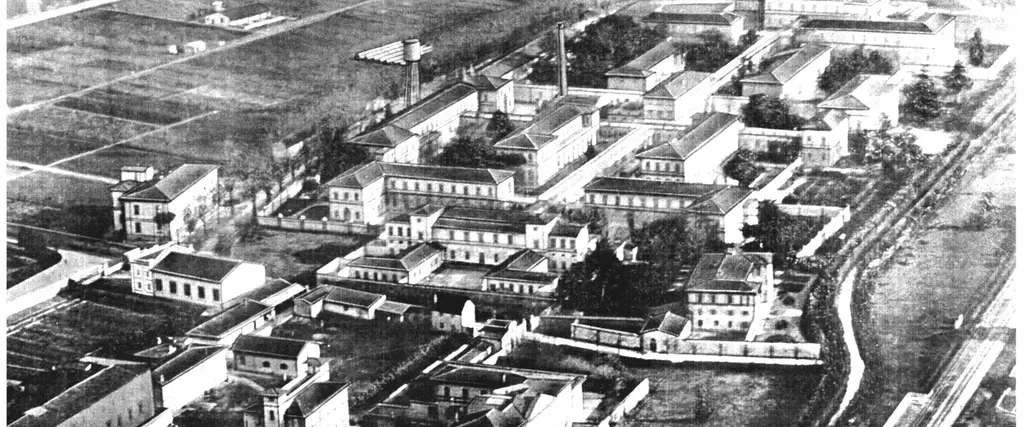
Strolling through San Salvi
The name San Salvi evokes more than just the district named after the ancient religious complex, in most Florentines’ minds. Indeed, the large green area in Quartiere 2 is where Florence’s Asylum stood from 1890 until 1998.
Thanks to the Chille de la Balanza Theater Company, whose primary mission for years has been to enhance the memory and history of this place, the initiative "Strolling through San Salvi" was recently launched. This is a series of guided and dramatized tours that start from the Cenacolo di San Salvi (where one can admire the Last Supper frescoed by Andrea del Sarto around 1520) and conclude in the area of the former Asylum. The route aims to combine classical art with art brut—outsider art produced especially at La Tinaia (an artistic-therapeutic workshop inaugurated in 1975), around which also gravitated Francesco Romiti, a great "outsider artist" recently rediscovered by the "Chille," who preserve his work. Years earlier, Venturino Venturi (painter, sculptor, illustrator) and the great poet Dino Campana also lived in San Salvi.
A docu-film has been produced from a series of guided tours, rich in original photos and documents: it’s the perfect way to learn more about this often-forgotten part of the city. The film also includes a video of 1978, created to document the celebrations for the public opening of the Asylum just a few days before the Basaglia Law marked the closure of psychiatric hospitals.
The docu-film also serves as an invitation to discover the architecture of San Salvi (the central block, Villa Fabbri, and the numerous pavilions were designed by Giacomo Roster) and its nature (the area is home to more than 900 trees, including a monumental cedar of Lebanon).
Those who wish to explore the area independently can do so by scanning the QR codes placed along the itinerary or by downloading the Coded4Walking app from Google Play.
Watch the video.